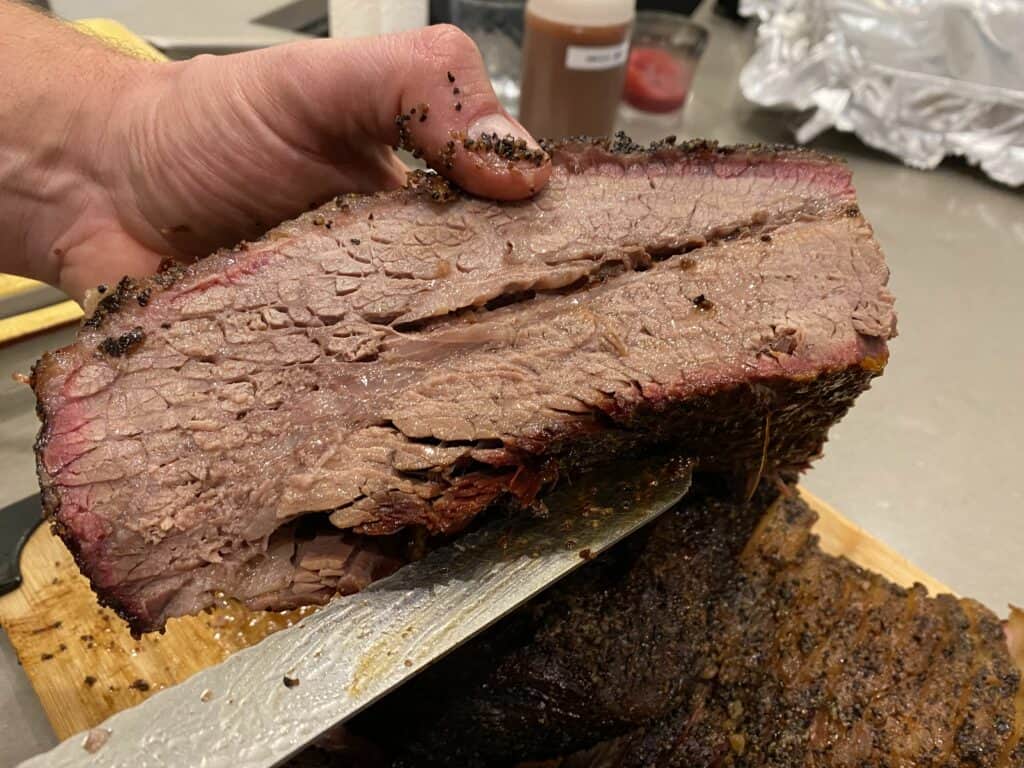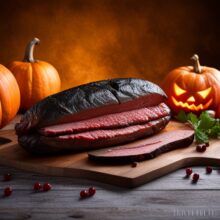Best Wood For Smoking Beef

Choosing the right wood is important for a good smoking flavor. Learn about different woods for smoking beef and how they affect the flavor.
Hardwoods like hickory, oak, maple, pecan and alder have a smoky flavor that works well with beef. They’re also excellent for pork and poultry.
Hickory
The best wood for smoking beef is Hickory because it has a strong and long-lasting burn that cooks meat well and gives it a delicious flavor. It’s also one of the most affordable and easy to get in most areas.
Hickory is a deciduous wood from the genus Carya, which has about 18 species. It’s most commonly found in eastern North America.
There are several varieties of hickory, including shagbark and shellbark, which have gray-brown bark. Mockernut hickory is another type of hickory that has shaggy bark and four-lobed nuts.
Hickory has been used for centuries to make a variety of products that require strength, hardness, and durability. For example, hickory has been used for ladder rungs, tool handles, flooring, wagon wheels, and many other products that must take a lot of abuse.
Mesquite
Mesquite is one of the strongest woods for smoking beef. Its bold flavor is often used in combination with milder woods to tone down its intensity.
However, it should be used sparingly and paired with meats that require less cooking time, such as chicken and fish. This is because mesquite burns quickly, and its smoke tends to turn bitter once it’s overcooked.
Hickory, on the other hand, is a versatile wood that can be used with any type of meat. It also easily integrates with other types of wood to create a great smoky flavor.
Oak
Oak is one of the most common smoking woods, it’s available in chunks, chips, pellets and split logs. It has a medium smoky flavor, stronger than apple or cherry but lighter than hickory.
Typically used with beef, it produces a smoky flavor that compliments brisket, but it also works well with many other meats.
It’s important to note that different types of wood burn at different temperatures and can affect the final flavor of your food. A variety of factors, including the quality of your meat and spices, can help determine the best smoking wood for you.
Smoking woods fall on a spectrum from mild to strong, with fruit woods, like apple, peach and cherry, imparting a sweet and subtle smoke flavor that complements many foods. On the other end of the spectrum is mesquite, a strong and intense wood that can overpower the taste of many meats if used too long.
Cherry
Cherry wood is a versatile, sweet, fruity smoke that works well with poultry, beef, pork (especially ham), game birds and some seafood. It is also a good match for hickory and oak, although it may overwhelm delicate meats like chicken if smoked for too long.
The smoke flavor from cherry wood will create a reddish tinge on light colored meats, such as chicken, and a dark mahogany color on darker cuts of meat. However, this effect can be mitigated by mixing it with apple wood to counteract the reddish tint.
Smoking woods differ in their flavors, so choosing the right one is an important part of any smoker’s arsenal. A combination of fire control, temperature, meat quality, sauce and rub are all important factors that impact the final taste profile more than the name on a bag of wood.
Apple
Apple wood is a great choice for smoking beef because it imparts subtle, fruity flavors to the meat. It works well with a variety of meats, including pork ribs and beef brisket, as it’s tangy but not overwhelming.
It can be used at low temperatures and is a great alternative to mesquite. You can also use it with hickory and oak woods.
Using dry apple wood is key for successful smoking. Fresh wood is full of sap and burns irregularly, resulting in weird flavors.
Some people will remove all the bark from their apple wood, while others will leave it alone. It’s a personal preference.
Read more great BBQ articles at Bob's BBQ Tips
Did you miss our previous article…
https://notoriousbob.net/?p=3495



